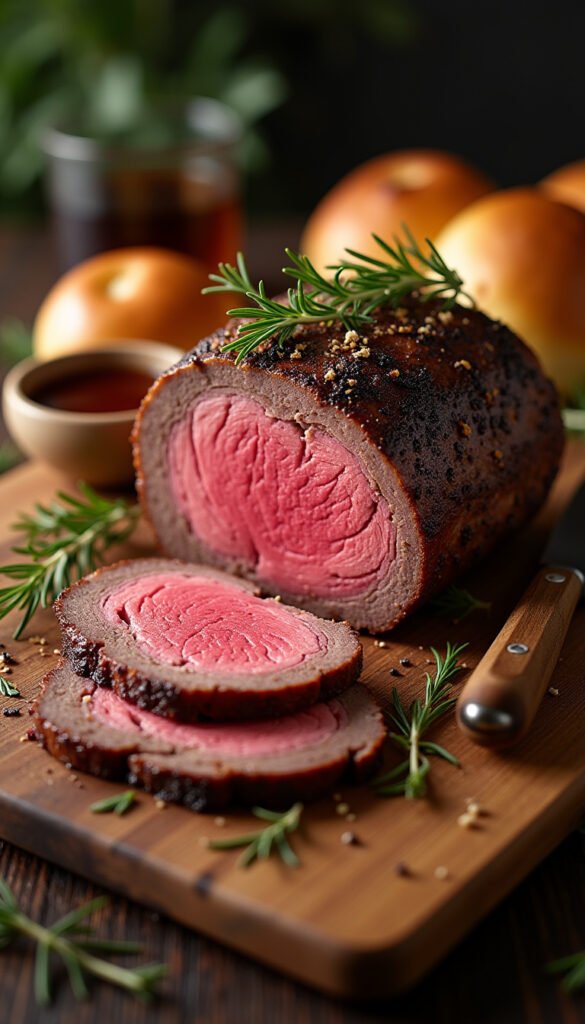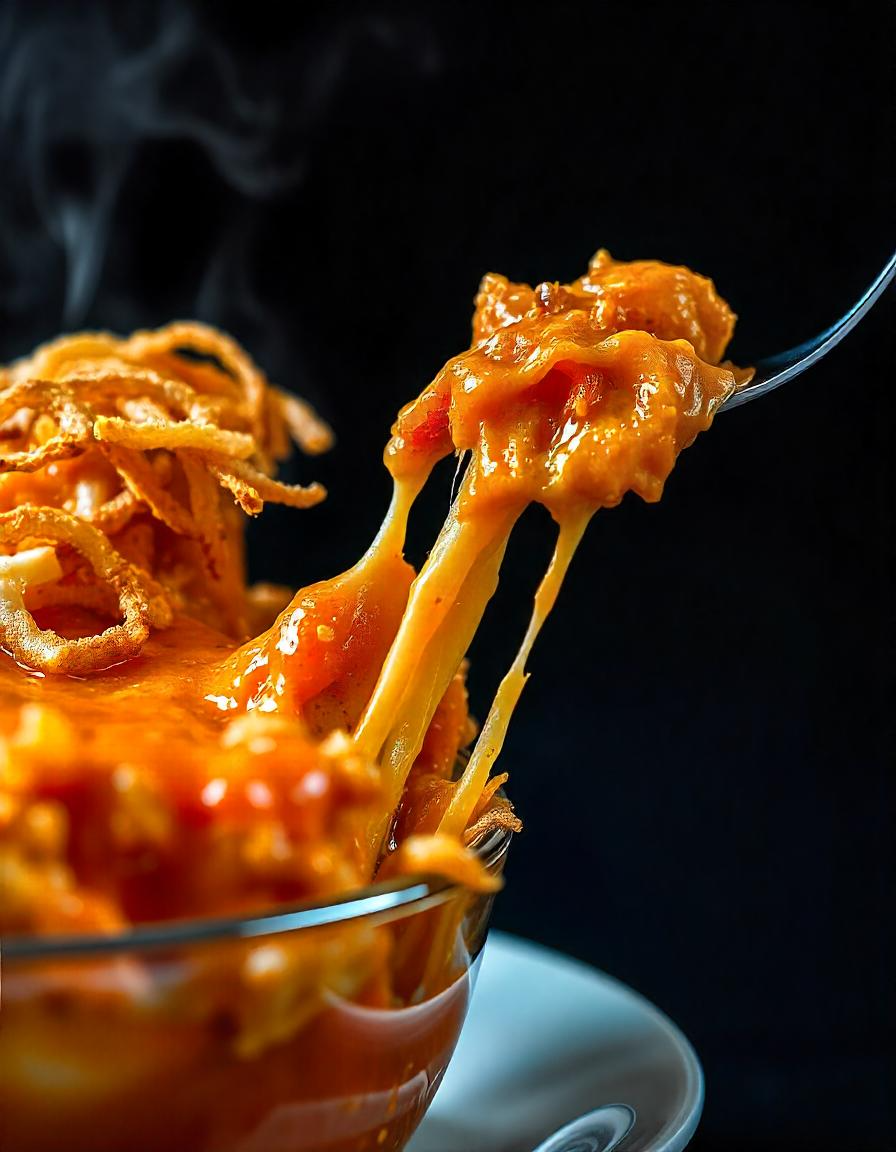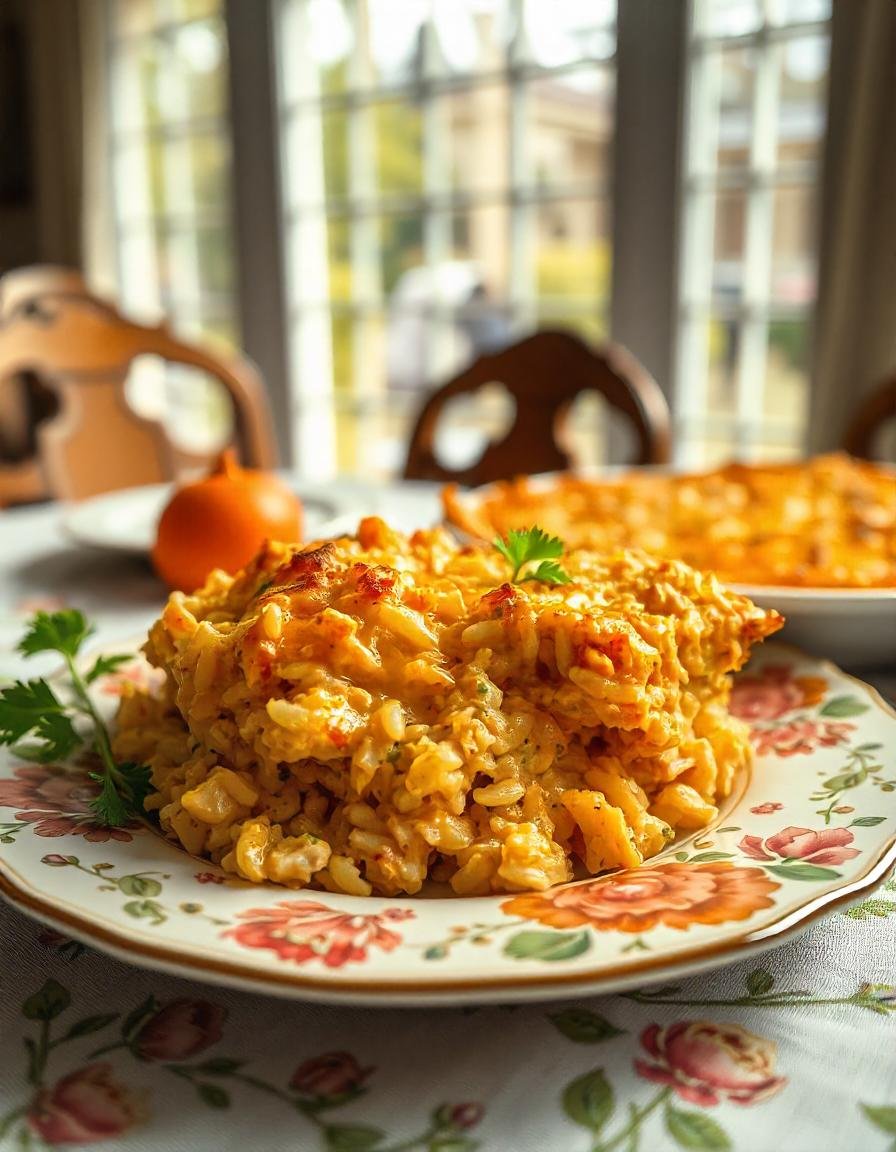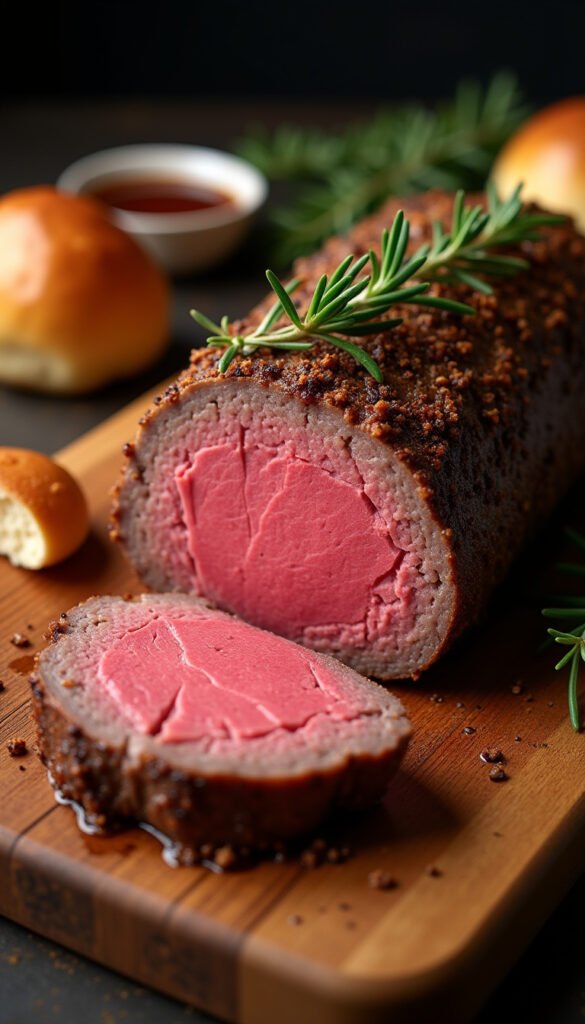
Imagine the inviting aroma of a perfectly roasted prime rib wafting through your kitchen, drawing everyone to the dining table. This herb-crusted prime rib roast is not just a meal; it’s a centerpiece that brings family and friends together. Whether it’s a special occasion or a weekend treat, this recipe ensures your roast is the star of the show.
What makes this roast truly spectacular is the herb crust. A blend of fresh herbs and spices creates a flavorful outer layer that contrasts beautifully with the tender, juicy meat inside. It’s an experience that tantalizes your taste buds, with every slice promising a burst of savory goodness.
Cooking a prime rib may seem daunting, but I’m here to guide you step-by-step. With a little preparation and patience, you too can achieve a restaurant-quality roast right in your own kitchen.
Understanding the Prime Rib Cut
The prime rib roast is a classic choice for gatherings and celebrations, known for its rich flavor and tender texture. Sourced from the primal rib section of the cow, this cut is revered for its marbling, which contributes to its juiciness.
When selecting a prime rib, look for well-marbled meat with a good amount of fat cap, as this will ensure a moist and flavorful roast. Bone-in cuts are often preferred, as the bones add flavor and help retain moisture during cooking.
The Herb Crust: A Flavorful Elevation
A standout feature of this dish is undoubtedly the herb crust. The combination of rosemary, thyme, and garlic not only enhances the natural beef flavor but also adds aromatic depth. Each herb brings its unique profile, creating a delightful contrast to the rich meat.
Preparing the herb mixture is simple; just blend fresh herbs with olive oil and spices. This paste is then rubbed generously over the roast, forming a flavorful barrier that keeps the juices in while roasting. It’s a method that elevates the dish, making each bite memorable.
Cooking Techniques for an Impressive Roast
To achieve the desired doneness, it’s crucial to follow specific cooking stages. Starting with a high oven temperature helps form a beautiful crust on the outside, while reducing the temperature later allows the meat to cook evenly throughout.
Using a meat thermometer can be extremely helpful. Aim for an internal temperature of around 130°F (54°C) for medium-rare. Always remember to let the roast rest after cooking; this step is vital for allowing the juices to redistribute, resulting in a tender, juicy roast.
Serving Suggestions and Pairings
When it comes to serving this prime rib, presentation matters. Arrange the slices artfully on a rustic board and garnish with fresh herbs to enhance visual appeal. Accompanying the roast with a rich gravy or pan juices is a delightful way to complement the flavors.
For sides, consider buttery rolls or a fresh salad. These can balance the richness of the roast and provide a complete dining experience. Offering a selection of sauces, such as horseradish or a red wine reduction, can also cater to various tastes.
Creating an Inviting Atmosphere
The experience of enjoying a prime rib roast extends beyond just the food; it’s about the atmosphere as well. A beautifully set table with rustic elements can enhance the dining experience, making the meal feel even more special.
Consider using warm lighting, natural textures like wood and linen, and fresh herb arrangements to create an inviting space. The goal is to foster a warm environment where guests can relax and enjoy the meal together.
Storing and Reheating
If there are leftovers, they should be stored properly to maintain flavor and texture. Wrap the remaining meat tightly in foil or place it in an airtight container in the refrigerator. It can typically last for up to three days.
When reheating, take care not to overcook the meat. A slow reheating process in the oven at a low temperature can help retain moisture, ensuring that the prime rib remains tender and delicious even the next day.
The Ultimate Prime Rib Roast with Herb Crust
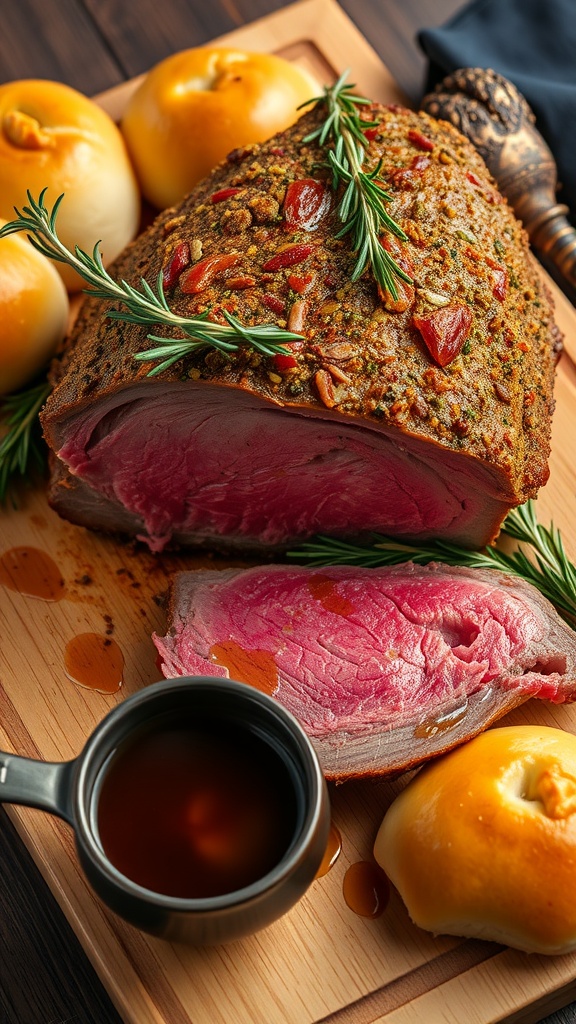
This herb-crusted prime rib roast is rich and succulent, boasting a flavorful outer crust that enhances the natural taste of the beef. It’s perfectly seasoned, tender, and juicy, making it a delightful dish for any gathering.
Ingredients
- 1 (5-7 pounds) prime rib roast, bone-in
- 2 tablespoons olive oil
- 4 cloves garlic, minced
- 2 tablespoons fresh rosemary, chopped
- 2 tablespoons fresh thyme, chopped
- 2 tablespoons fresh parsley, chopped
- 2 teaspoons salt
- 1 teaspoon black pepper
- 1 teaspoon onion powder
- 1 teaspoon garlic powder
- 1 cup beef broth
Instructions
- Prepare the Roast: Allow the prime rib to sit at room temperature for about an hour before cooking. Preheat the oven to 450°F (232°C).
- Make the Herb Crust: In a bowl, mix together the olive oil, minced garlic, rosemary, thyme, parsley, salt, pepper, onion powder, and garlic powder until blended. Rub this mixture all over the prime rib, ensuring an even coating.
- Roast the Prime Rib: Place the seasoned roast on a rack in a roasting pan. Pour the beef broth into the bottom of the pan. Roast in the preheated oven for 20 minutes to create a nice crust.
- Reduce the Temperature: After 20 minutes, reduce the oven temperature to 325°F (163°C) and continue roasting for about 1.5 to 2 hours, or until the internal temperature reaches 130°F (54°C) for medium-rare.
- Rest and Slice: Remove the roast from the oven and let it rest for at least 20 minutes before slicing. This allows the juices to redistribute throughout the meat.
- Serve: Slice the prime rib and serve with the pan juices or your favorite gravy.
Cook and Prep Times
- Prep Time: 20 minutes
- Cook Time: 2 hours
- Total Time: 2 hours 20 minutes
Nutrition Information
- Servings: 8 servings
- Calories: 450kcal
- Fat: 30g
- Protein: 40g
- Carbohydrates: 0g
